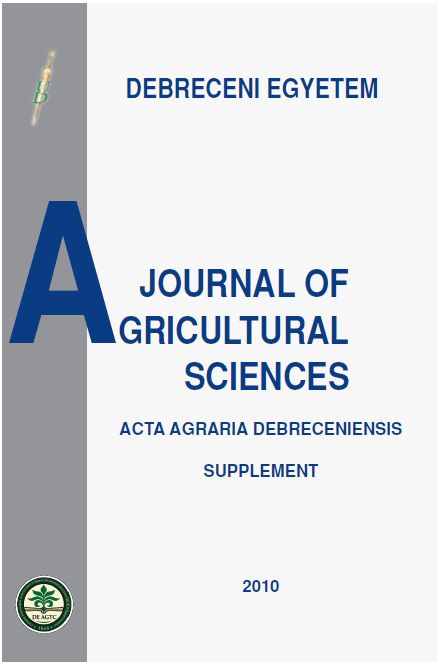Plant production possibilities on a heavy metal contaminated soil with the purpose of biorefinery
Authors
View
Keywords
License

This work is licensed under a Creative Commons Attribution 4.0 International License.
How To Cite
Abstract
Significant part of not cultivated area of Hungary is not suitable for agricultural utilization because of industrial
pollution. Technologies of biorefinery make reutilization of contaminated areas possible. Biomass of plants
produced on polluted soils can be raw material of valuable products. Applicability of biorefinery was tested on a
heavy metal polluted soil, where the contamination originated from previous mining activity. Complete biomass
utilization was aimed to obtain cosmetic ingredients, pharmaceutical agents, and precursors. During our research
work 88 plant species and varieties were produced and tested for potential utilizable components. Levels of
possible contaminants in these plants were monitored, and amounts of carbohydrates, protein, organic acid and
cellulose were determined as well. Different plant extracts were tested as potential sources of biologically effective
components or as raw materials for lactic acid fermentation. Our results show that biorefinery is a real possibility
for utilization of polluted areas. Numerous plants could be cultivated on contaminated areas without increased
levels of contaminants in their tissues, thus they can be sources of valuable compounds.

 https://doi.org/10.34101/ACTAAGRAR/I/8405
https://doi.org/10.34101/ACTAAGRAR/I/8405